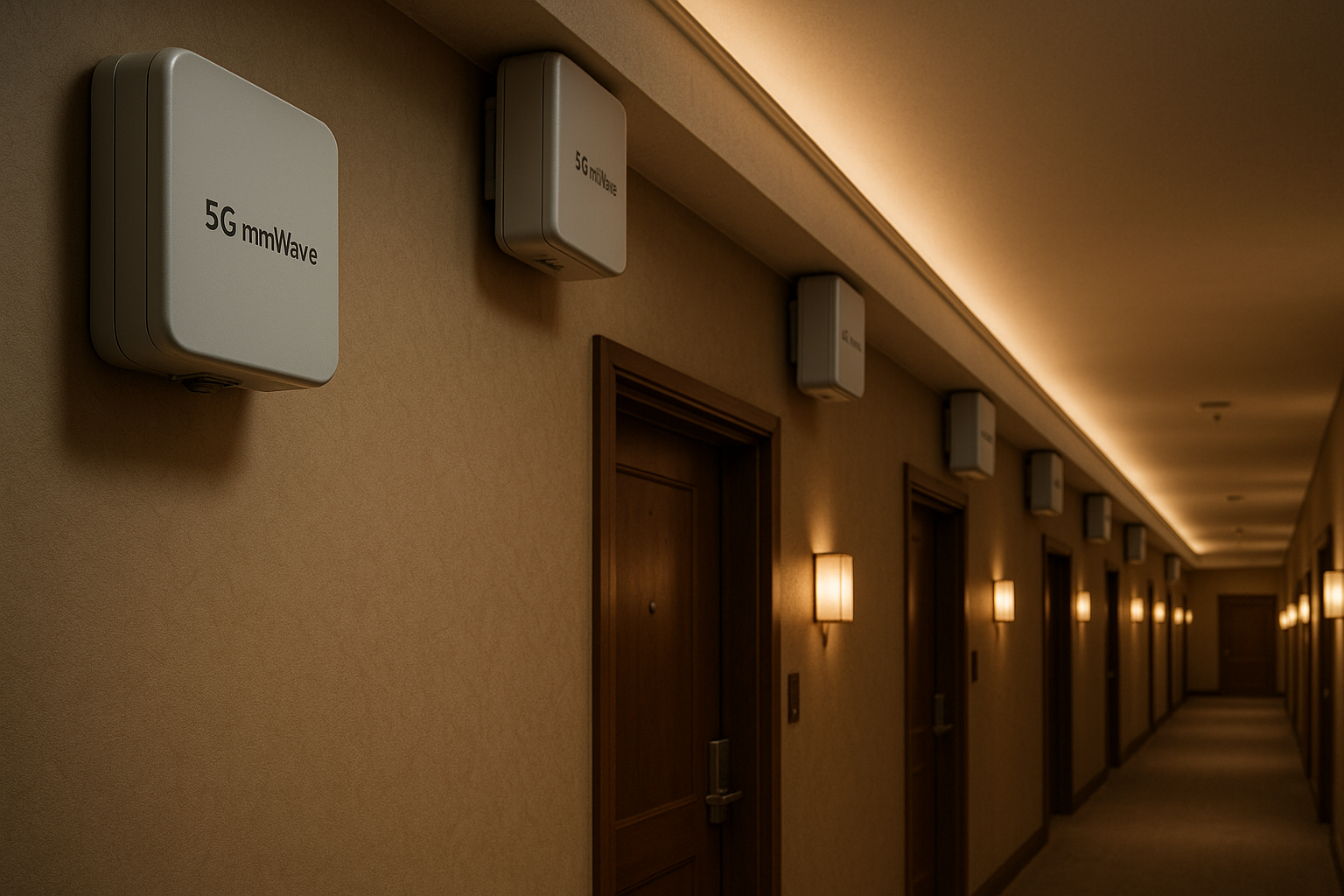5G-Ready DAS Systems: What Your Building Needs in 2025
Published on: 06 December 2021
Category: Hard Disk
Introduction
As businesses and residents demand ever-faster connectivity, in-building cellular coverage has become mission-critical. Distributed Antenna Systems (DAS) that supported 4G LTE are evolving to meet the massive bandwidth, ultra-low latency, and high device density that 5G brings. In this post, we’ll explore:
-
Why 5G changes the DAS game
-
Key components of a 5G-ready DAS
-
Design best practices
-
Real-world deployment example
-
Next steps for building owners
1. Why 5G Changes the DAS Game
5G isn’t just “faster 4G”—it’s a whole new radio-frequency environment:
-
Millimeter-wave (mmWave) bands require denser antenna placement to overcome line-of-sight limits.
-
Massive MIMO and beamforming demand more sophisticated head-end processing.
-
Ultra-reliable low-latency communications (URLLC) call for tight network timing and synchronization.
A traditional 4G DAS simply can’t cope without upgrading to fiber-based transport, mmWave antennas, and advanced signal processing.

2. Key Components of a 5G-Ready DAS
| Component | Role |
|---|---|
| Active Remote Units | Amplify and digitize RF for mmWave and Sub-6 GHz bands. |
| Fiber Transport | Low-loss, high-capacity link back to the head end. |
| Massive MIMO Panels | Support beamforming and dynamic sectorization. |
| Distributed Head End | Houses baseband processing, timing modules, and splitters. |
| Network Management | Centralized software for RF optimization and monitoring. |
3. Design Best Practices
-
Perform a detailed site survey
– Measure building materials and loss factors.
– Map peak-density areas: conference rooms, auditoriums, lobbies. -
Plan for future growth
– Overprovision fiber strands and rack space.
– Choose modular head-end chassis. -
Ensure power and UPS backup
– Critical to avoid coverage gaps during outages.
– Centralize CRAC (cooling) for head-end equipment. -
Optimize antenna placement
– Place Remote Units within 30 meters of each panel for mmWave.
– Use ceiling-mount wherever possible to blend with interiors.
4. Real-World Deployment: XYZ Corporate HQ
Challenge:
XYZ Corporation needed multi-operator 5G inside their 200,000 sq ft headquarters, with zero tolerance for dead zones.
Solution Highlights:
-
Upgraded legacy coax DAS to an active fiber DAS, supporting three operators simultaneously.
-
Deployed 60 massive MIMO panels for dynamic beam steering.
-
Integrated with the building’s BMS for power-cycling and thermal alerts.
Outcome:
-
Consistent 5G speeds above 1 Gbps per user in conference zones.
-
Facility-wide cellular availability rose from 82% to 99.8%.
-
Tenant satisfaction scores increased by 23% within one quarter.
5. Next Steps for Building Owners
-
Audit your current infrastructure—identify gaps versus 5G requirements.
-
Engage a certified 5G DAS integrator who has multi-operator experience.
-
Plan budgets for phased upgrades, starting with mission-critical areas.
-
Monitor performance with real-time analytics to fine-tune RF settings.
With proper planning and future-proof design, your building will be not just “5G-compatible,” but positioned to leverage 5G innovations—IoT sensors, AR/VR conferencing, and beyond.
Ready to upgrade?
Contact DAS Telecom Solutions to schedule your 5G DAS readiness assessment today.

Leave a Reply